Drawings on Soviet aircraft of World War II
 Bashny.Net
Bashny.Net
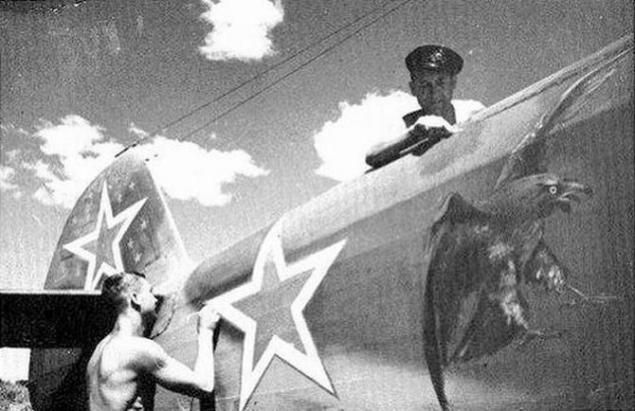
Later drawings on planes have become more diverse. For example, on the French aircraft fuselages of the Escadrille les Cigognes adorned storks. The most popular was the nose art in the US Air Force during the Second World War. Initiators coloring aircraft were often not the pilots and attendants of his staff. On the development of nose art in the United States was greatly influenced by pin-up. Thus, the image of a nude pin-up stars of the era Betty Grable adorned in many military aircraft. In the USSR such liberties, of course, are not allowed, but the figures on Soviet aircraft of the time also distinguished by its beauty and elegance. With pictures on the aircraft, many Soviet viewers were able to see through the film "go to fight some" old "." On the fuselage of the aircraft squadron commander Alexey Titarenko, played by Leonid Bykov, was depicted stave. Image notes chance. This figure, for example, was on the plane who had a musical education of Soviet pilot-attack aircraft Basil Emelianenko. There are also reminded of the plane, which gave Soviet pilots during the war ensemble Utesova. Cases where the planes were built at the expense of citizens, were not uncommon. These fighters were usually notice stating that, on whose money was created by machine. Sometimes next to it was a small image.

La-5 aircraft in the museum Kostyleva defense of Leningrad.
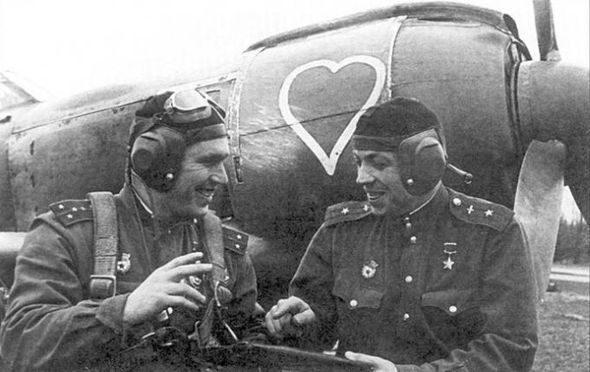
Captain Alexander Lobanov (left) and Maj. Alexander Pavlov near La-5FN, April 10, 1945

Lieutenant Bully GI It was precisely Pe-2205 Series. The inscription "Bully" white lightning - yellow

Lieutenant Gennady Tsokolaev. On board - the emblem of "Guards»

Captain Alexander Kilaberidze 65 GIAP in the cockpit of the Yak-9, Belarus

"Lionheart", LaGG-3 Lieutenant Yuri Schipova 9 Fighter Wing Air Force
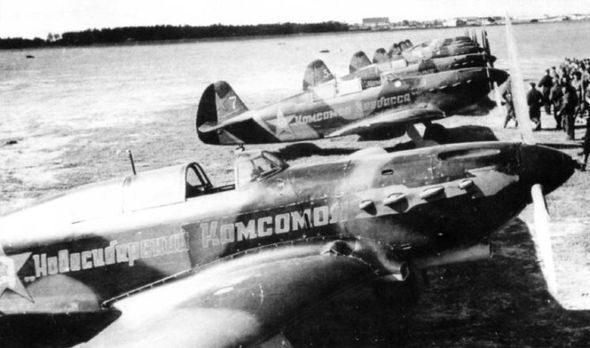
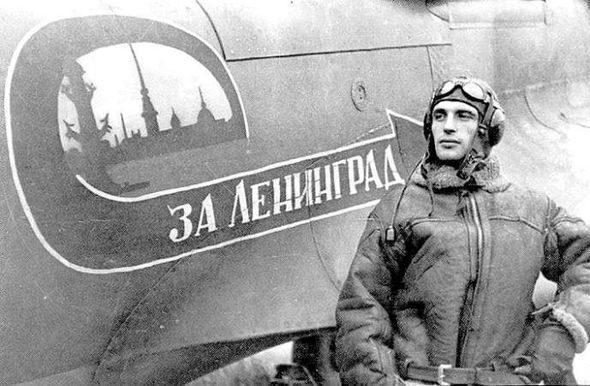
Squadron commander 566 th ShAP Hero of the Soviet Union Vasily Myhlik
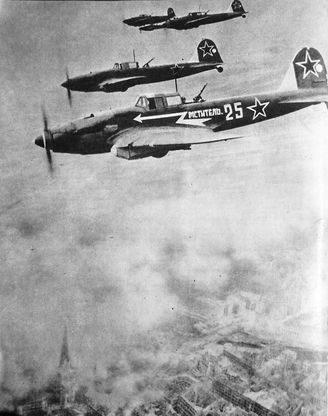
IL-2 "The Avengers" was built by the collective farm chairman Grigor Tevosyan, who died in the war the two brothers. By plane flew Nelson Stepanian.
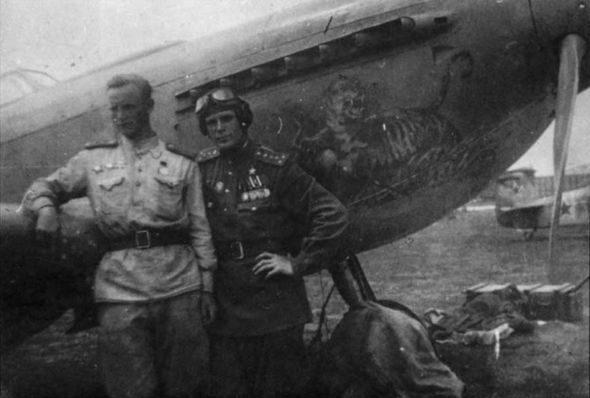
George Baevsky (right) and mechanic Sobakin against the backdrop of the Yak-9U. 5 GvIAP. Shprotau airfield, Germany. April 1945

The keel LAGG-3 Leonid Gal'chenko instead of a red star shows a black cat playing with a mouse. 1942. Initially, the cat was white
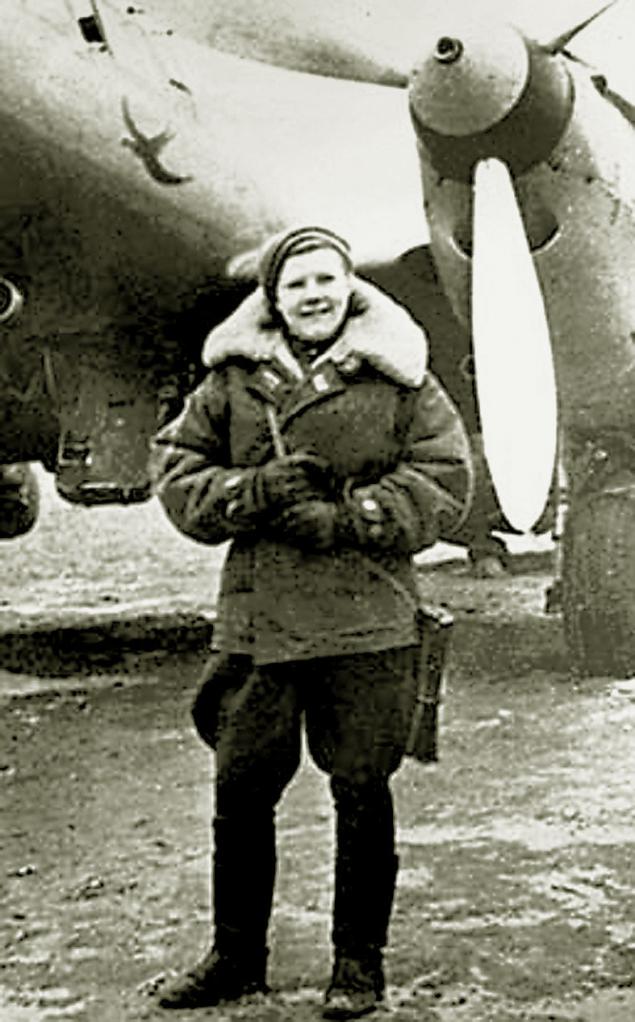
Malyutina Mironovna Elena and her swallow
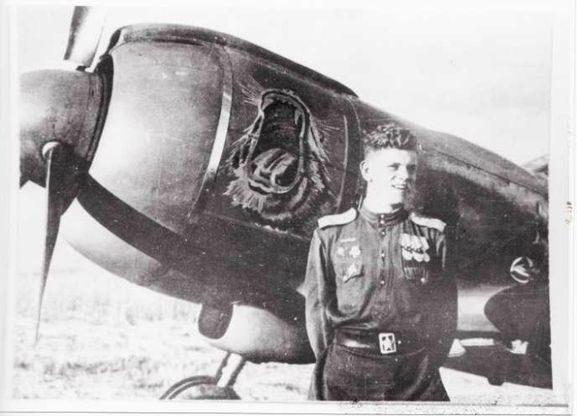
Commander of the 180th Guards Fighter Aviation Regiment Stalingrad Red Banner Guards Senior Lieutenant Viktor Lukoshkov against the backdrop of La 5FN, July 1944.
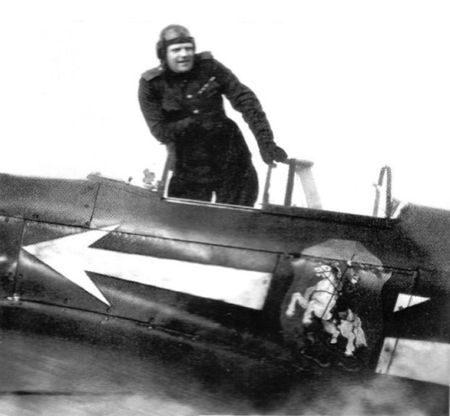
Major General Georgy Zakharov in the cockpit of the Yak-3. By plane - St. George piercing serpent with the head of Joseph Goebbels. Spring 1945

Pilot 958 th Attack Aviation Regiment, Hero of the Soviet Union Ivan Meylus.
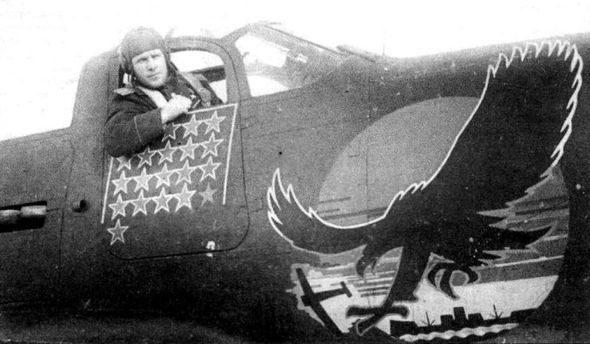
Fighter F-39 "Airacobra" Vyacheslav Sirotina
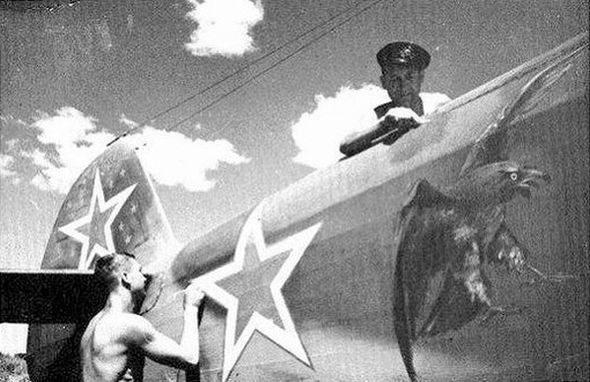
Mikhail Avdeev eagle

Airplane Basil Emelianenko
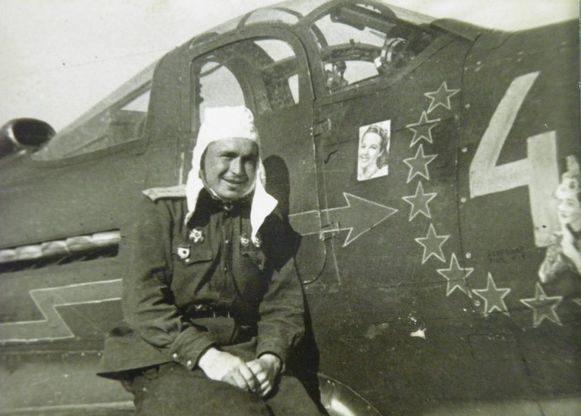
Proshenkov Nicholas and his fighter P-39 "Airacobra»
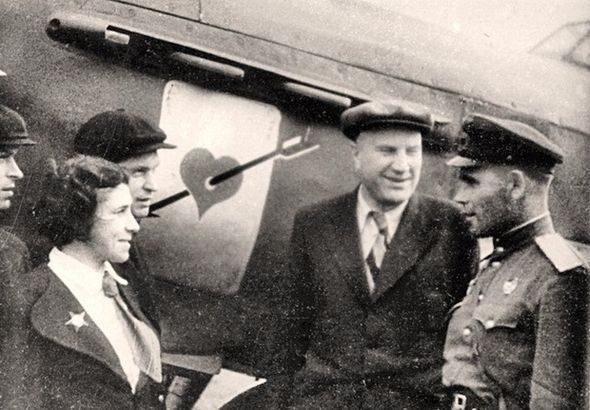
The Yak-9B commander of 168 IAP Lt. Col. Gregory Kogrusheva.
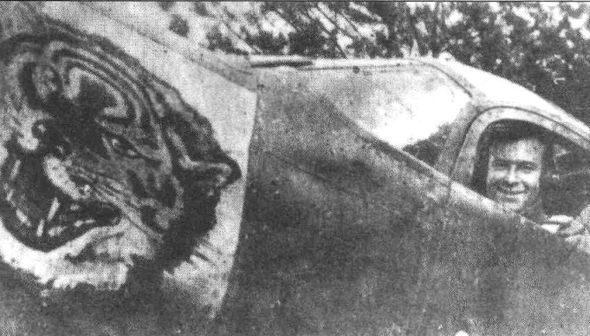
Captain Alex Zakalyuk, 104th GvIAP
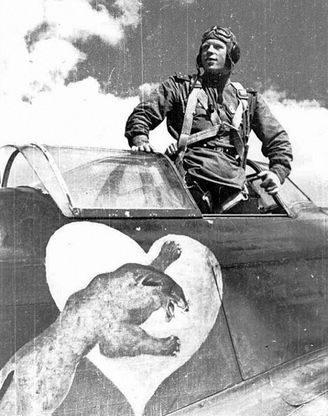
Alexei plane Alelyuhina
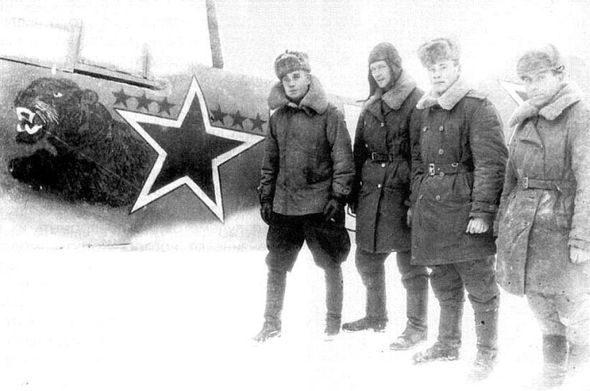
Captain George Urvachёv (left)
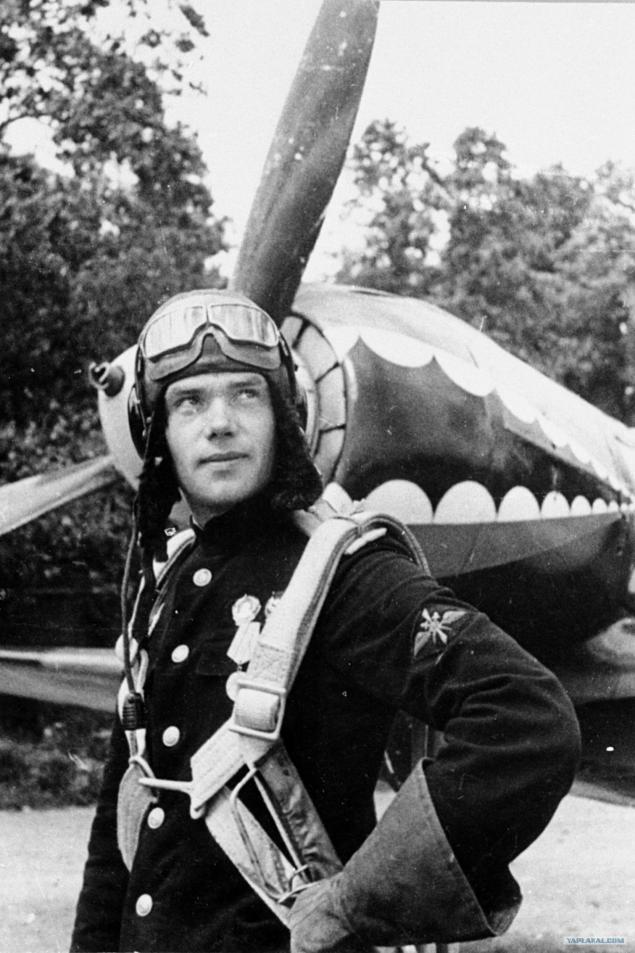
Fighter pilot Vladimir Dmitriev

Airplane Major Basil Aleksuhina
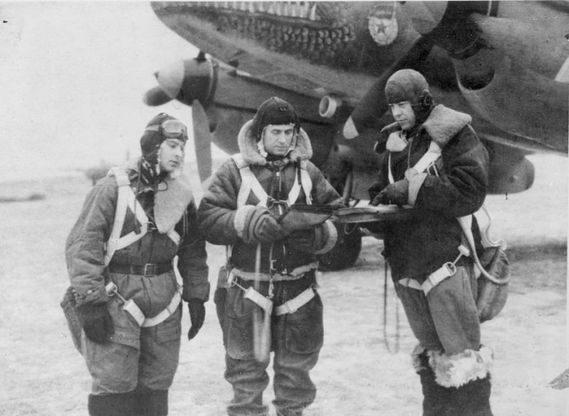
Fedor and Alexander Dobysh Pomazunov on background Pe-2 with a crocodile
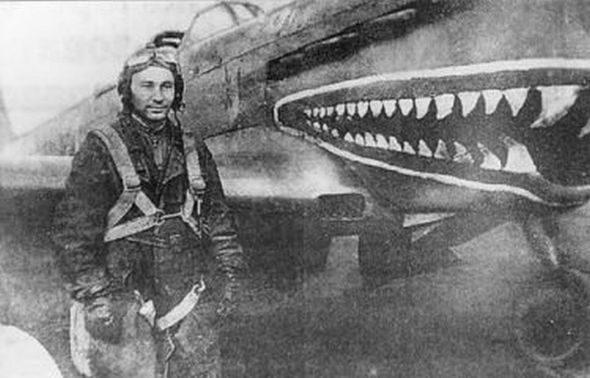
Airplane Abrek Barshta
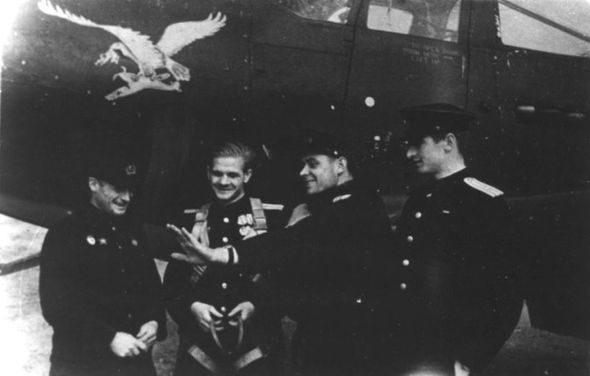
Nikolai Didenko plane

Vladimir Pokrovsky plane
Prints on combat aircraft during World War II was not welcomed, though it turned a blind eye. Often applied paintings on steel fuselage after the Battle of Kursk in 1943, when the initiative passed to the Red Army. Often next to the image on the plane could be seen by the number of stars shot down enemy planes (the first to do it became Spanish pilots). On Soviet aircraft victory could have stars of several colors. Personal victory marked one color, downed aircraft in the group - other.
There were cases when the fuselage decorated with images of the "Golden Star", received for his victory. Preserved old traditions: the nose fighter sometimes resembled the jaws of a mythical monster. Generally frightening enemy figures and emblems applied frequently. For example, on the Yak-9 was depicted Gugridze dragon, toothy mouth was on an airplane George Kostyleva.
Special rules for applying emblems were not. Each squadron had its own customs. Some pilots have its own emblem, others - is common to all. Aircraft Parts decorated card or a certain color. As a rule, it was ace. It is usually applied distinguished pilots. Thus, the Aces were painted on the aircraft La-5 Alexander Pavlov, the LaGG-3 Yuri Shilov.
Those who managed to knock out the famous German aircraft squadron, placed on a fighter pierced by an arrow, or entwined with a snake emblem of the squadron or other similar symbol. For example, the squadron of the 9th Guards, commanded by Alexei Alelyuhin, carried on board invented pilot Eugene Dranischevym emblem with leopard heart breaks. This indicated that the pilots defeated aces 9 Staffel JG 52 (heart under the cab was their distinctive mark). Animals often depicted on the Soviet military aircraft. Were common and drawings of birds. Thus, such images were on the aircraft such famous pilots as Mikhail Avdeev, Vladimir Pokrovsky, Vyacheslav Sirotin. The most popular symbolic images, such as arrows and lightning.
--img31--
Tags
See also
Minsk during the Great Patriotic War vs today (40 photos)
Photos of Great Patriotic War
Tyre, dedicated to the Great Patriotic War
Tir based on World War II
Soviet actors - participants of the Great Patriotic War
Soviet actors - participants of the Great Patriotic War (22 photos)
The pilots - the heroes of the Great Patriotic War
The new Museum of the Great Patriotic War in Minsk
Those who sow terror
15 Facts About the Great Patriotic War, from which run goose bumps

















